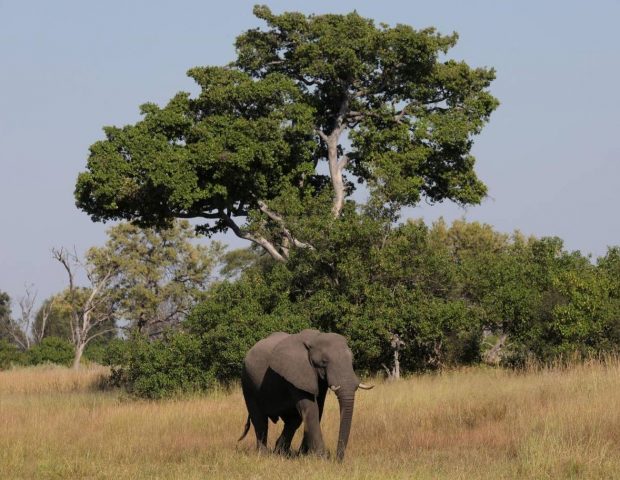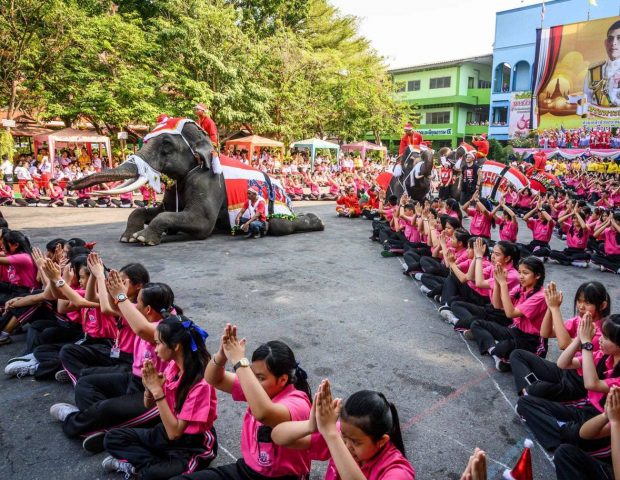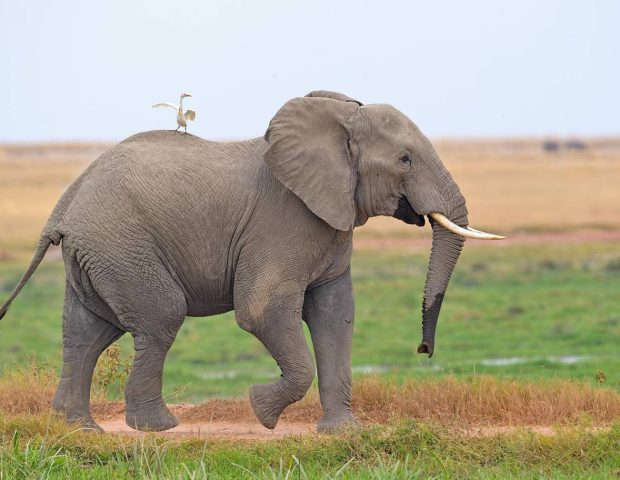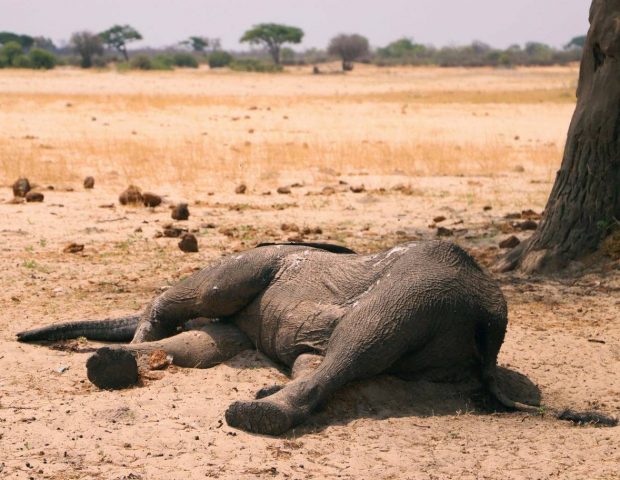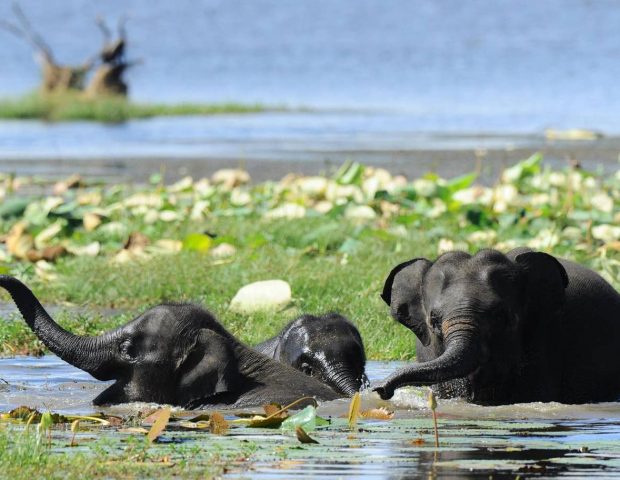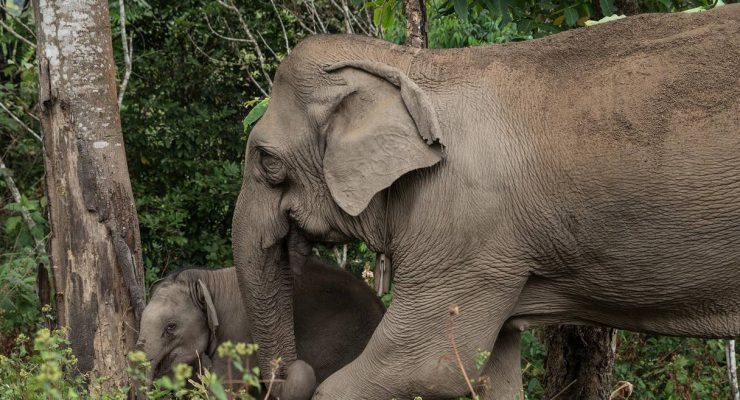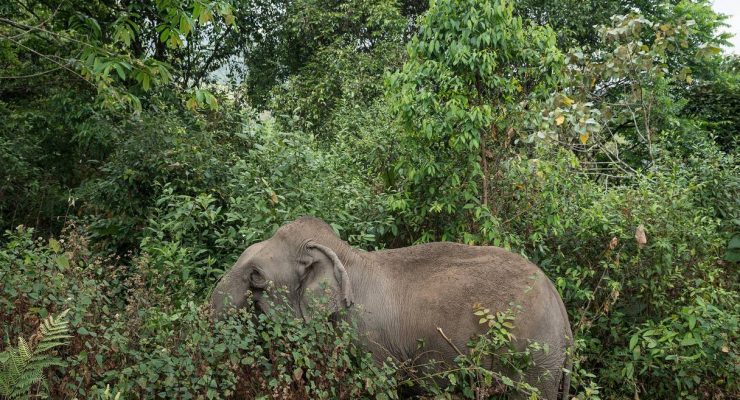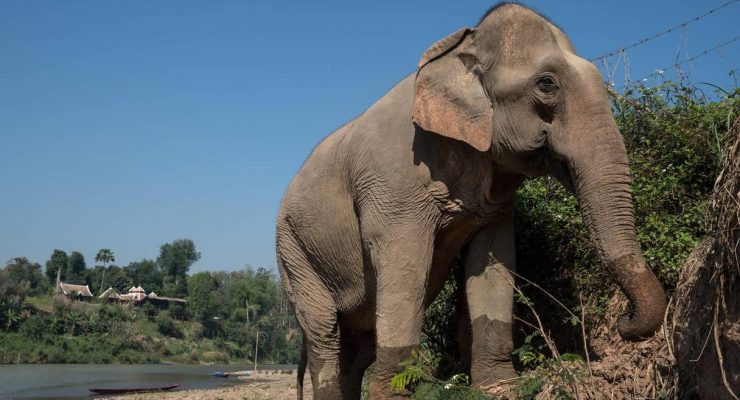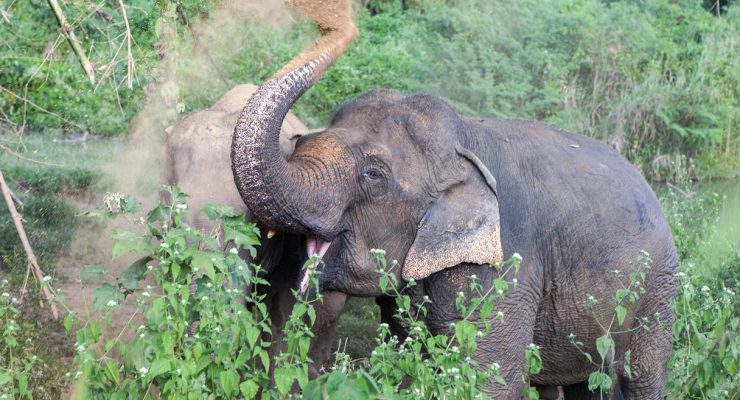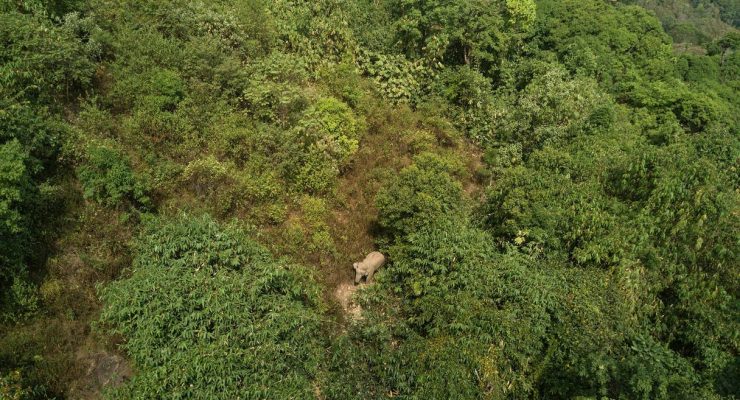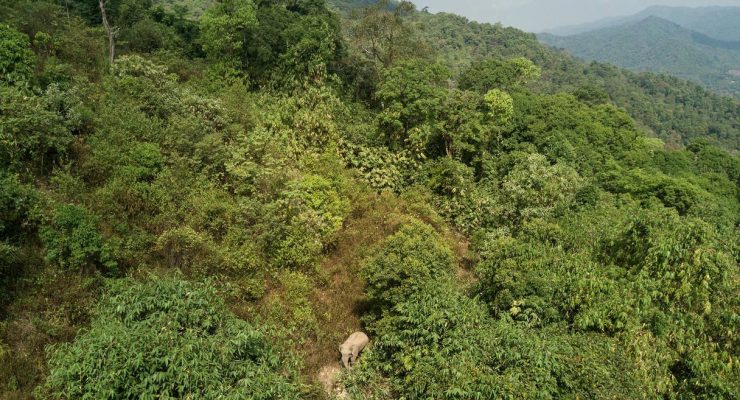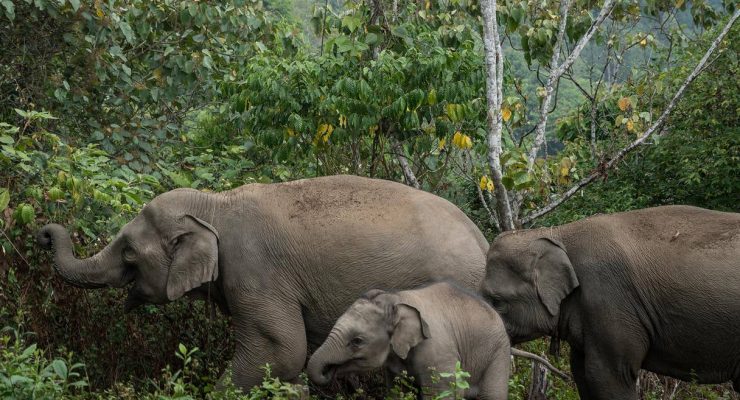Larger than life: Why the death of an elephant is not the end of the story
4 March 2020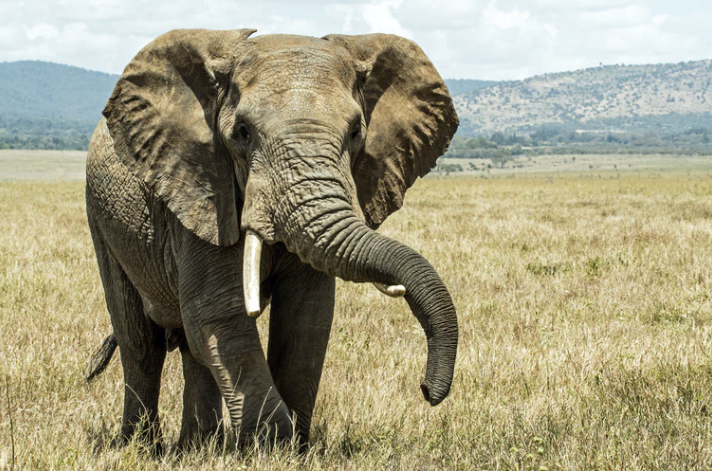
Independent
Their advanced ability to process their feelings and surroundings suggests we’ve only scratched the surface on how intelligent these creatures are, says Jason Bittel
The scientists do not conclude from these accounts that elephants mourn, an activity that is often attributed to the species. But their response has a common thread, the authors say. When an elephant falls, the loss is acknowledged and investigated by other elephants, even those unrelated to the deceased. Death means something to elephants, in other words – possibly something emotional.
“We don’t know what’s going on in their heads,” says Goldenberg, a co-author of the paper, which was published in a special, death-focused issue of the journal Primates. “But we do know that they’re constantly updating social information about each other. And their place in the social network relates to how they use the landscape, how they survive, how they reproduce.”
Elephant sanctuaries approved by experts
The day after Victoria’s death, many of the same elephants were back. And over the next three weeks, the researchers observed members of five families interacting with Victoria’s corpse. Some would have known Victoria by scent, if not sight, but many more would have been strangers. If this had been a wake, it would have been well-attended.
Some elephants touched Victoria’s body with their trunks, while others tried to lift her stiffened ears with their feet. Occasionally, the elephants performed dominance behaviours that scientists say are more typically seen around restricted resources like shady groves, cooling mud wallows or treasured fruit trees. This may suggest that the carcass wasn’t just a point of interest, but something of value – something to guard.
One obstacle to understanding elephants’ experience – and their reaction to death – is that the animals’ world is inhabited by an array of smells we can scarcely imagine.

“This puts a big barrier between how we interpret what they’re perceiving and interacting with,” says co-author George Wittemyer, a conservation biologist at Colorado State University who has studied the elephants of Kenya’s Samburu National Reserve for more than 20 years. “We’re unable to see the olfactory landscape in which they’re functioning.”
“Certainly, it’s sad. But this is what we would hope for, that elephants can live out their lives and die peacefully, in an area where they’re not being hunted“
co-author George Wittemyer
One study found that elephants have more genes dedicated to their olfactory system than any other animal on record – more than twice as many as keen-nosed dogs. Another study found that elephants, using a combination of smell and sight, can differentiate between local human ethnic groups. Asian elephants can even rely on smell to count, sniffing out which locked bucket contains more sunflower seeds between 59 and 82 percent of the time.
This may explain why a bull named Omtata spent eight minutes sniffing Victoria’s body and the dirt around it. Or why the elephants continued to interact with her body even after rangers had removed the tusks to secure them from poachers, or after scavengers had reduced the carcass to skin and bones. Or why studies have found that elephants show extreme interest in skulls, jaws and other bones from their own species while paying little mind to bones from cape buffaloes or giraffes.
“There were three elephants standing over her body where her face had been hacked out, where her tusks had been. And they were touching her bloody face“
Goldenberg
Other animals are also known to interact with their dead. The special issue of Primates explores the behaviour of several species, from infanticide in chimpanzees to avoidance and vigilance in horses. Occasionally, animals make headlines for what look like displays of mourning: In 2018, Tahlequah, a Pacific Northwest orca, swam carrying the corpse of her dead calf for 17 days. But elephants are different, because they are much bigger than most animals, which means their bodies take a very long time to decompose. A dead capuchin monkey might be eaten overnight, and a whale’s body will eventually float away or sink. But an elephant skull could sit in roughly the same place for years.
The same is true of elephant tusks, which are important focal points for elephants. Goldenberg and Wittemyer documented an elephant carrying a disarticulated tusk for more than three miles. “They are touching each other’s tusks all the time,” Goldenberg says. “And they tend to show disproportionate interest in tusks relative to other bones.”
Joyce Poole, who contributed observations reviewed in the new paper, doesn’t shy away from attributing emotion to what she has witnessed. In an interview, she recalls watching a female named Polly die before her eyes in Kenya. “She just sort of tipped over, spun around on a tusk, and fell. Her legs kind of went up in the air, and boom, that was it,” says Poole, scientific director for the conservation and education nonprofit ElephantVoices.
The first elephants to find her body were a trio of young, unrelated males. They spent upward of an hour trying to lift Polly and pulling on her tail and tusks before eventually mounting her, says Poole. That night, rangers removed Polly’s tusks. Poole says she returned the next day to check on the body and was amazed to again find three elephants loitering around Polly, including one that had been there the day before. “They were just standing over her body where her face had been hacked out, where her tusks had been. And they were touching her bloody face,” Poole says. “It was pretty unsettling, in the sense that it was clear to me that they knew that people had hacked her face off.”
Another time, also in Kenya, Poole watched as a female named Tonie tried again and again to get her stillborn calf to stand. “She stood over that calf and protected it from hyenas and from jackals for a couple of days,” she says. The list of examples goes on. But the question of what to make of those responses is still very much up for debate.
Phyllis Lee
“Loss is a phenomenon common to sentient animals, including humans,” says Phyllis Lee, an evolutionary behaviourist at the University of Stirling who has also seen similar behaviours in the wild.
For Wittemyer, the loss of Victoria – an elephant he followed for decades – came with a kind of unexpected joy. People who study elephants spend a lot of time worrying about poaching, he says. But Victoria had led a long, rich life. “Certainly, it’s sad. But this is what we would hope for, that elephants can live out their lives and die peacefully, in an area where they’re not being hunted,” Wittemyer says. “We got to watch her die naturally, in a beautiful part of the park, with her family around her.”


